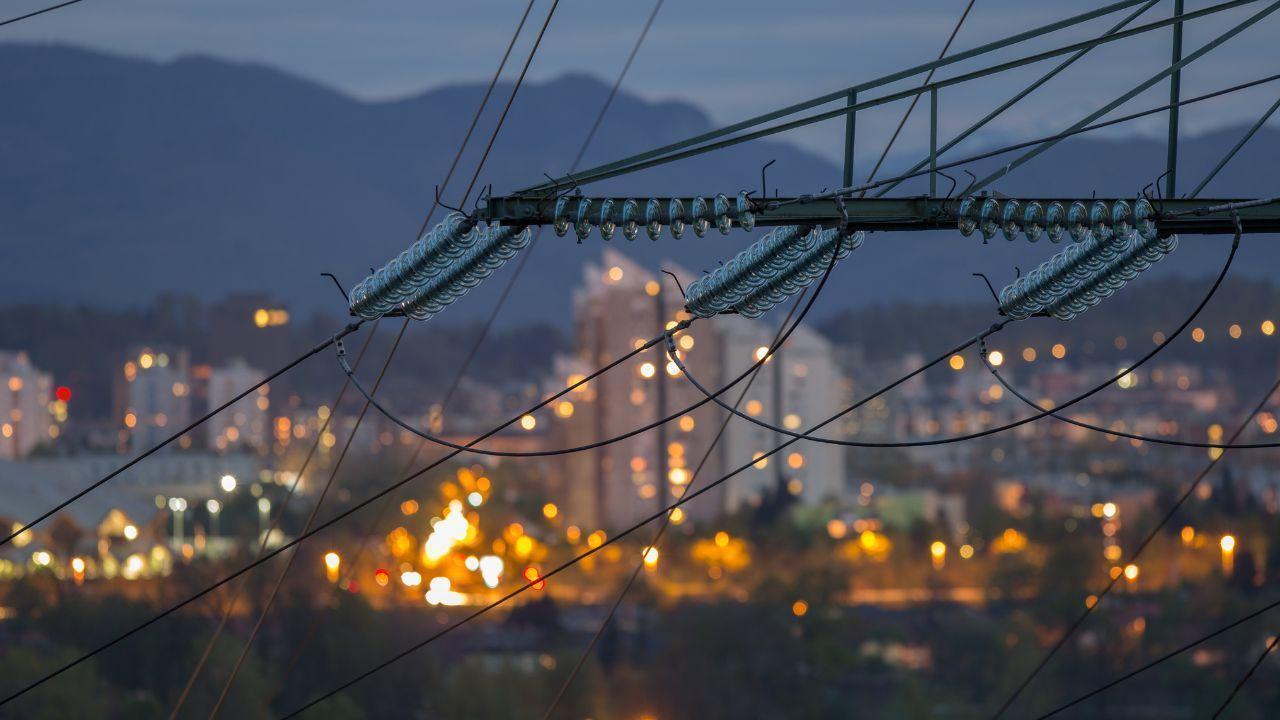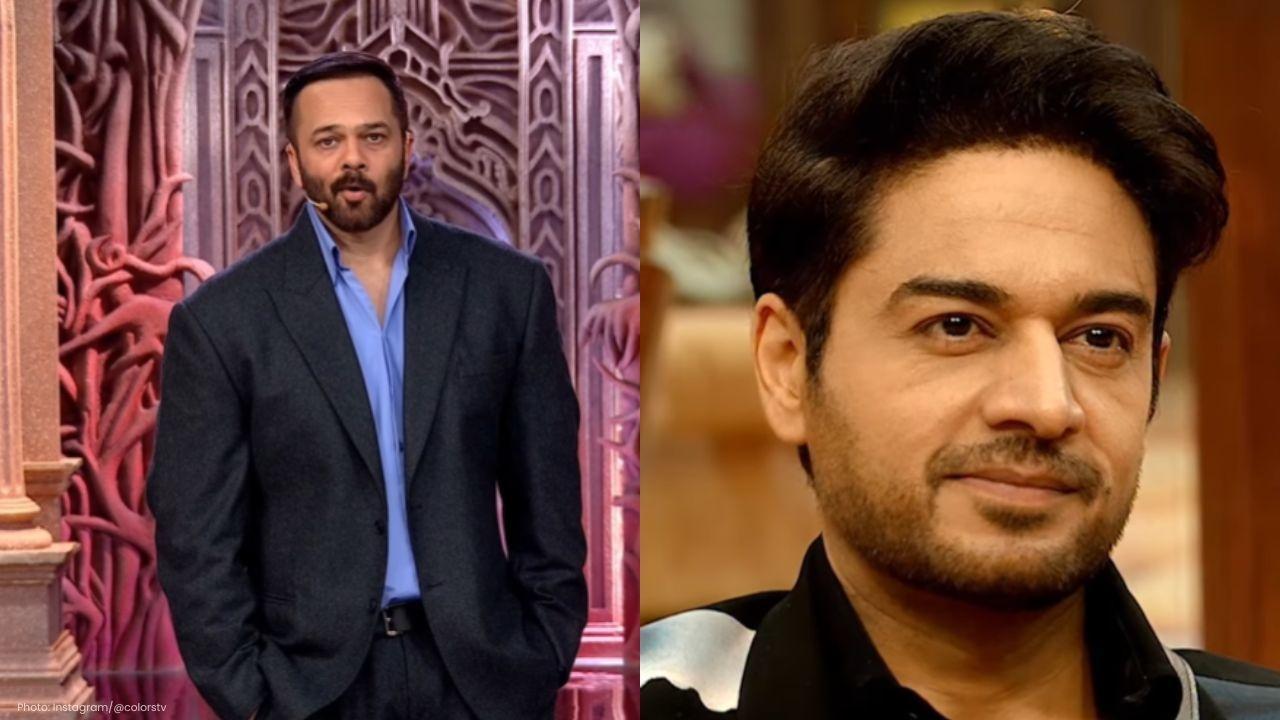
Post by : Vansh
In today’s rapidly evolving digital world, urban environments are being transformed into smart cities—dynamic ecosystems where technology, data, and people interconnect seamlessly to improve quality of life, streamline services, and enhance sustainability. While gleaming smart streetlights, traffic sensors, and automated buses are the visible face of progress, the real revolution lies beneath the surface. This article explores the hidden tech that drives this transformation and the powerful IoT infrastructure making tomorrow’s cities smarter, safer, and more sustainable.
Walk through any modern city, and you may not immediately notice the digital nervous system pulsing underneath. Cities today are becoming "wired for progress"—an evolution not visible to the naked eye. The foundation of smart cities isn’t in what you can see, but in what you can’t. Beneath roads, behind walls, and above rooftops lie fiber-optic cables, data sensors, and wireless communication networks forming a robust IoT infrastructure that is silently reshaping urban living.
From tracking air quality and energy consumption to optimizing waste management, these technologies work quietly in the background, enabling urban innovation at an unprecedented scale.
The IoT infrastructure—or Internet of Things—is the core engine behind smart city functionality. It involves a web of interconnected devices and sensors that collect, transmit, and analyze data in real time. Whether it's smart meters gauging electricity usage, traffic systems managing vehicle flow, or environmental monitors checking pollution levels, these technologies create a constant data stream for municipal systems to analyze and act upon.
This invisible network empowers cities to operate more efficiently. For example, real-time traffic data helps city planners identify bottlenecks and adjust traffic signals dynamically, reducing congestion and emissions. Similarly, smart streetlights only turn on when motion is detected, conserving energy while ensuring public safety.
Behind all that connectivity lies another unseen powerhouse—cloud and edge computing. Cloud systems provide centralized data processing capabilities, allowing for big-picture analysis across different urban sectors. On the other hand, edge computing processes data locally at or near the source, enabling faster reaction times, crucial in emergencies like fires or traffic accidents.
Together, they enhance the responsiveness of city services. For example, a network of surveillance cameras powered by AI and edge computing can detect suspicious behavior in real time, alerting authorities instantly without waiting for cloud confirmation.
Another piece of hidden tech powering smart cities is the concept of digital twins. These are virtual replicas of physical city infrastructure—buildings, roads, even traffic patterns—created through constant data feeds. Urban planners and engineers use digital twins to simulate the impact of changes before implementing them in the real world.
Want to test how a new subway line might affect local businesses or traffic congestion? Run it through the digital twin first. These simulations reduce the risk of large-scale mistakes and save millions in planning costs. They also open the door to urban innovation, offering smarter ways to expand infrastructure and improve public services.
The content provided above is for informational purposes only and reflects ongoing technological trends. MiddleEastBulletin is not responsible for any decisions made based on this article. Readers are encouraged to conduct further research or consult with experts in urban development and smart technologies.










Pageau's Overtime Goal Propels Islanders to 4-3 Victory Over Golden Knights
In a thrilling overtime finish, Jean-Gabriel Pageau leads the Islanders past the Golden Knights 4-3,

MLB Awards: deGrom and Acuna Jr. Shine as Comeback Players
Jacob deGrom and Ronald Acuna Jr. celebrated MLB Comeback Player Awards, alongside Ohtani and Judge

Portugal Confronts Ireland in Pivotal World Cup Qualifier
Portugal, led by Cristiano Ronaldo, faces Ireland in a vital Group F World Cup qualifier that could

Haaland's Brilliance Leads Norway to 4-1 Victory Against Estonia
Erling Haaland showcases leadership as Norway crushes Estonia 4-1, boosting their World Cup ambition

Hawks Triumph Over Jazz; Suns and Raptors Secure Victories
Hawks' Onyeka Okongwu and Jalen Johnson lead in a thrilling win against Jazz; Suns and Raptors also

Indian Men's Recurve Team Clinches First Asian Gold in Nearly Two Decades
The Indian men's recurve team triumphed over South Korea, securing their first Asian gold in 18 year